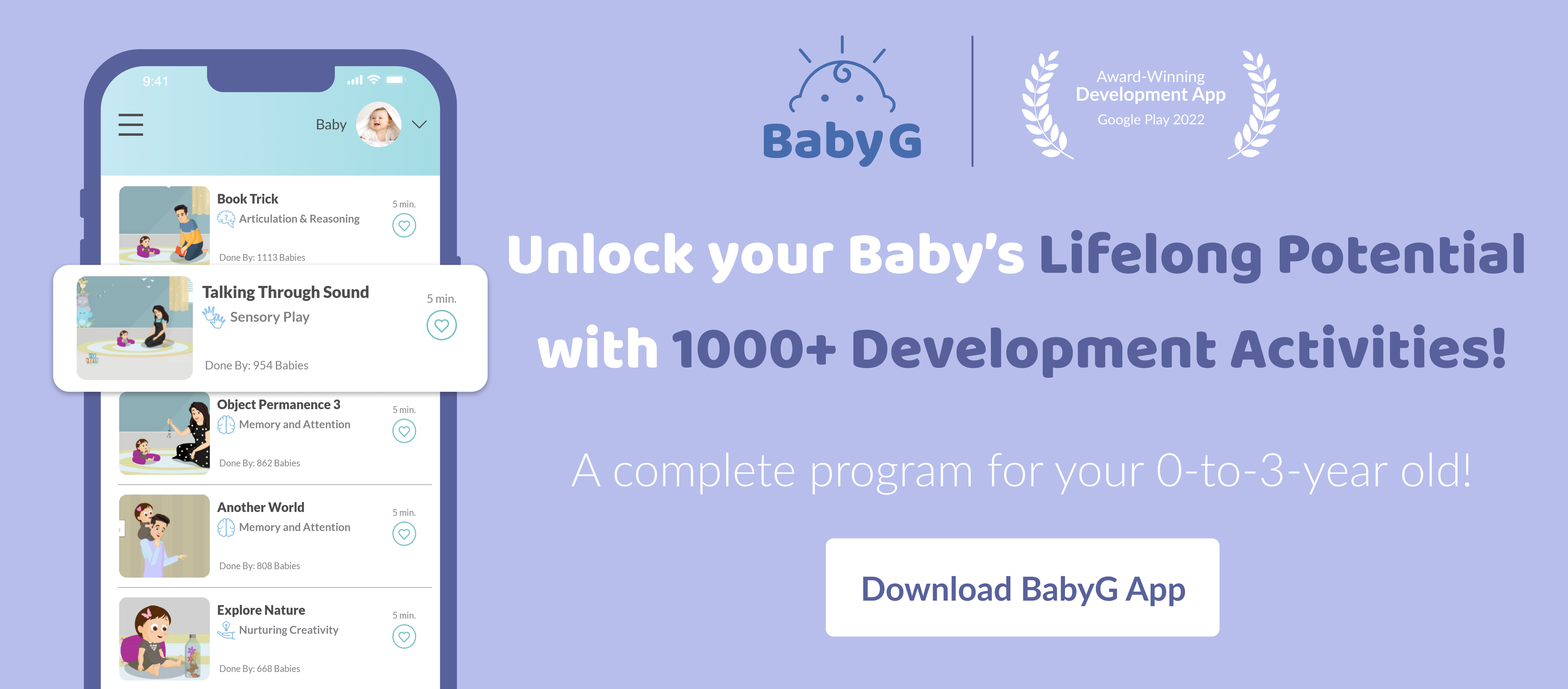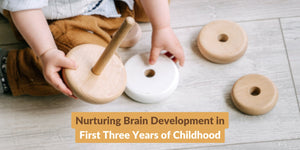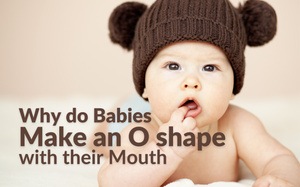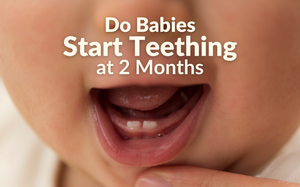
A baby’s health and growth are always a parent's prime concerns. To determine this, a healthy weight gain is the first indicator parents are advised to look at. Your child’s normal might often vary from the others, but tracking your baby’s weight helps you ensure that he/she is on the right track.
What is the Average Baby Weight of a Newborn?
The average baby weight of a newborn is between 7-9 (3 kgs) pounds at birth. It is best to keep in mind that male babies typically tend to weigh more than females.After birth, babies also lose about 10% of their excess fluid weight. They will gain this back quickly in the coming weeks and will continue gaining a healthy amount in spurts in the first year of their lives.
The knowledge of these parameters and tracking your baby’s growth helps you ensure that your child is developing optimally. Understanding how to read percentile guides also serves as a starting point to converse with your healthcare provider or pediatrician during your next visit.
Average Baby Weight by Age
You can check how your baby’s weight compares to the average baby's weight here.
Boy: 7.2 lbs (3.3 kg) Girl: 7 lbs (3.2 kg)
Boy: 14 lbs (6.4 kg) Girl: 12.7 lbs (5.8 kg)
Boy: 17.4 lbs (7.9 kg) Girl: 16 lbs (7.3 kg)
Boy: 19.6 lbs (8.9 kg) Girl: 18 lbs (8.2 kg)
Boy: 21.1 lbs (9.6 kg) Girl: 19.6 lbs (8.9 kg)
Boy: 24 lbs (10.9 kg) Girl: 22.4 lbs (10.2 kg)
Boy: 26.8 lbs (12.2 kg) Girl: 25.3 lbs (11.5 kg)
Boy: 31.5 lbs (14.3 kg) Girl: 30.6 lbs (13.9 kg)
Boy: 35.9 lbs (16.3 kg) Girl: 35.4 lbs (16.1 kg)
Baby Weight Percentile Chart
You might have heard quite frequently that every child’s growth is unique. It is true since growth often involves a range of factors like genes, feeding habits, sleep patterns, etc. Hence, it is quite natural that every child doesn’t follow an average.This is where the percentile graphs help. It is a much more comprehensive growth pattern chart than the one above, which doctors and professionals use to compare and monitor your child’s development to that of other children in that age range.
Here’s how to interpret the percentile rankings and what they mean for your child’s development:
- The percentiles ranging from 1 to 99 are points of comparison on how your child compares to the others in his or her age range, and parents of babies on both ends are often encouraged to speak with the pediatrician.
- The 50th percentile is often considered the average baby weight.
- For example, a child in the 65th and above percentile doesn’t necessarily mean that the child has a weight issue. For perspective, if you are also about the 65th percentile in height, it just goes to signal that he is above average for 65% of kids his age. One note to the parents would be to leave the worrying for when the pediatrician specifies there is something to stress about.
Here, we are looking at the 3rd, 50th, and 97th percentiles.
Weight Percentiles For Girls
3rd: 2.4 kg 50th: 3.2 kg 97th: 4.2 kg
3rd: 4.6 kg 50th: 5.8 kg 97th: 7.4 kg
3rd: 5.8 kg 50th: 7.3 kg 97th: 9.2 kg
3rd: 6.6 kg 50th: 8.2 kg 97th: 10.4 kg
3rd: 7.1 kg 50th: 8.9 kg 97th: 11.3 kg
3rd: 8.2 kg 50th: 10.2 kg 97th: 13.0 kg
3rd: 9.2 kg 50th: 11.5 kg 97th: 14.6 kg
3rd: 11.0 kg 50th: 13.9 kg 97th: 17.8 kg
3rd: 12.5 kg 50th: 16.1 kg 97th: 21.1 kg
Weight Percentiles For Boys
3rd: 2.5 kg 50th: 3.3 kg 97th: 4.3 kg
3rd: 5.1 kg 50th: 6.4 kg 97th: 7.9 kg
3rd: 6.4 kg 50th: 7.9 kg 97th: 9.7 kg
3rd: 7.2 kg 50th: 8.9 kg 97th: 10.9 kg
3rd: 7.8 kg 50th: 9.6 kg 97th: 11.8 kg
3rd: 8.9 kg 50th: 10.9 kg 97th: 13.5 kg
3rd: 9.8 kg 50th: 12.2 kg 97th: 15.1 kg
3rd: 11.4 kg 50th: 14.3 kg 97th: 18.0 kg
3rd: 12.9 kg 50th: 16.3 kg 97th: 20.9 kg
Now that you know how to read percentiles and average baby weight, you can track your child's growth curve to gain insight into how they are developing over time. We recommend parents make use of resources such as growth trackers on the BabyG app to make the process easier and detect any anomalies, which can then be discussed with your pediatrician.
Being a step ahead never hurt, Happy Parenting!













LEAVE A COMMENT